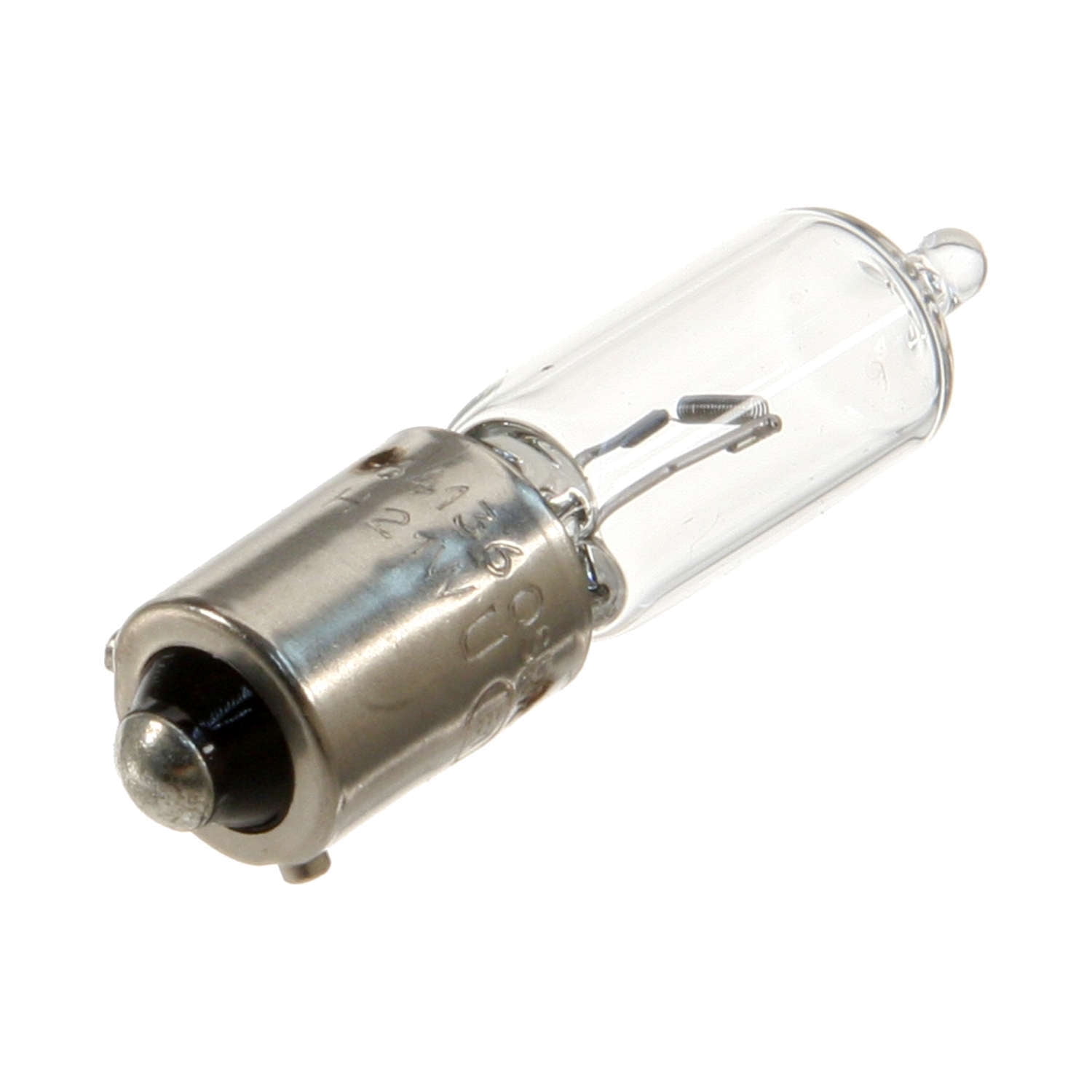

Led to commercial incandescent light bulbs becoming widely available in the 1880s, and by the early twentieth century these had completely replaced arc lamps. By the 1870s, Davy's arc lamp had been successfully commercialized, and was used to light many public spaces. English chemist Humphry Davy developed the first incandescent light in 1802, followed by the first practical electric arc light in 1806. The three main categories of electric lights are incandescent lamps, which produce light by a filament heated white-hot by electric current, gas-discharge lamps, which produce light by means of an electric arc through a gas, such as fluorescent lamps, and LED lamps, which produce light by a flow of electrons across a band gap in a semiconductor.īefore electric lighting became common in the early 20th century, people used candles, gas lights, oil lamps, and fires. The electrical connection to the socket may be made with a screw-thread base, two metal pins, two metal caps or a bayonet cap. Lamps usually have a base made of ceramic, metal, glass, or plastic, which secures the lamp in the socket of a light fixture. It is the most common form of artificial lighting. Joseph Swan and Thomas Edison (first demo of incandescent bulb in 1879)Īn electric light, lamp, or colloquially called light bulb is an electrical device that produces light.

Incandescent and compact fluorescent lamp turned on


 0 kommentar(er)
0 kommentar(er)
